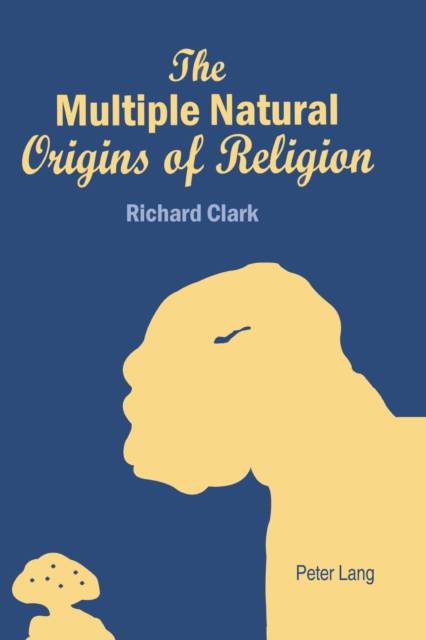
Je cadeautjes zeker op tijd in huis hebben voor de feestdagen? Kom langs in onze winkels en vind het perfecte geschenk!
- Afhalen na 1 uur in een winkel met voorraad
- Gratis thuislevering in België vanaf € 30
- Ruim aanbod met 7 miljoen producten
Je cadeautjes zeker op tijd in huis hebben voor de feestdagen? Kom langs in onze winkels en vind het perfecte geschenk!
- Afhalen na 1 uur in een winkel met voorraad
- Gratis thuislevering in België vanaf € 30
- Ruim aanbod met 7 miljoen producten
Zoeken
Omschrijving
This book traces how religion could have originated in prehistory and antiquity, out of natural human and prehuman behaviour.
Religion is defined here as beliefs, conceptions, practices and roles concerned with the 'supernatural'. A variety of elements of religion can be identified. These include: spirits, ghosts, life after death, heaven, shamans. To try to reduce religion to a single original element is a mistake. There may be no single origin. But the individual elements have separate origins, and these can be traced.
The common subjective component of religious elements is the numinous, which is commonly ascribed to external sources identified as 'supernatural' and 'spiritual'. The numinous sense is explained by means of certain neural processes with a focus in the temporal lobes.
Probably for the first time, evidence is brought to bear from primatology, palaeoanthropology, ethnography, ancient history and history of religions, as well as theology, neurology and psycho-pharmacology.
The field of origins of religion has been neglected by anthropology since the 1930s, but has enjoyed renewed interest from the 1990s. This wide-ranging interdisciplinary book makes an important contribution to the field.
Religion is defined here as beliefs, conceptions, practices and roles concerned with the 'supernatural'. A variety of elements of religion can be identified. These include: spirits, ghosts, life after death, heaven, shamans. To try to reduce religion to a single original element is a mistake. There may be no single origin. But the individual elements have separate origins, and these can be traced.
The common subjective component of religious elements is the numinous, which is commonly ascribed to external sources identified as 'supernatural' and 'spiritual'. The numinous sense is explained by means of certain neural processes with a focus in the temporal lobes.
Probably for the first time, evidence is brought to bear from primatology, palaeoanthropology, ethnography, ancient history and history of religions, as well as theology, neurology and psycho-pharmacology.
The field of origins of religion has been neglected by anthropology since the 1930s, but has enjoyed renewed interest from the 1990s. This wide-ranging interdisciplinary book makes an important contribution to the field.
Specificaties
Betrokkenen
- Auteur(s):
- Uitgeverij:
Inhoud
- Aantal bladzijden:
- 418
- Taal:
- Engels
Eigenschappen
- Productcode (EAN):
- 9783039107452
- Verschijningsdatum:
- 27/07/2006
- Uitvoering:
- Paperback
- Formaat:
- Trade paperback (VS)
- Afmetingen:
- 152 mm x 229 mm
- Gewicht:
- 557 g

Alleen bij Standaard Boekhandel
+ 414 punten op je klantenkaart van Standaard Boekhandel
Beoordelingen
We publiceren alleen reviews die voldoen aan de voorwaarden voor reviews. Bekijk onze voorwaarden voor reviews.









